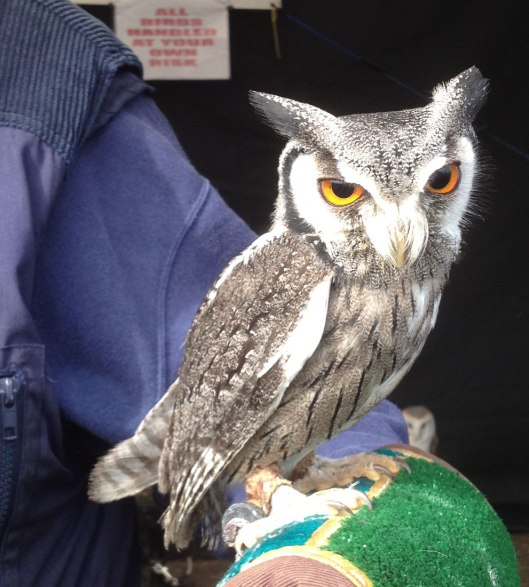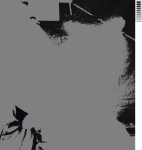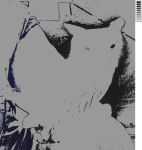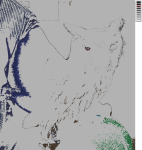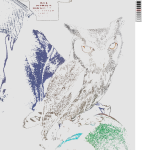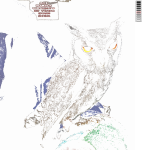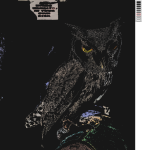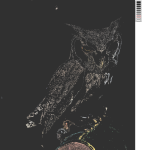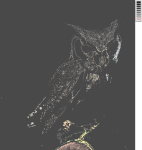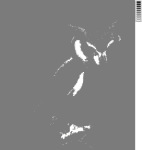One of the challenges artists face is avoiding the urge to hug the mid-tonal range. The human brain is great at summarising necessary information and finding patterns but this can work against us when we are trying to observe what is actually in front of our eyes. What we tend to do instinctively is tentatively fill in the extremes of light and shade,
Classic art training recommends making a grid of progressively darker shaded squares to act as a guide beside our work – an absolute shade reference to compare against the relative shade of the surrounding parts of the picture, which can trick our eye and lead us astray. Adding just a couple of extra shade ranges can make the difference between a dull, flat-looking image and a rich, photorealistic one. In days gone by a person could spend a year or two just studying greyscale images to get used to the importance of shading before moving onto colour.
To help demonstrate this concept let’s use a photograph of a living Theropod. Here we have a White-faced Scops Owl and we’re going to break down the photo into sections based on each pixel’s value. Before taking a peek at the end result, take some time to look at the photograph: see if you can predict where the mid ranges are; where the highlights are; where the shadows are. Chances are you’ve divided the image into 3 in your head and this is what translates onto the canvas without practice.
Now let’s take a look at the pieces of the image. I made a utility in C# to getnerate these for any given photograph. I’ve placed a swatch of the shades beside each generated value with a highlight to indicate which shade range we’re looking at. I had to offset the backgrounds by 128 shades to make it easier to view but I can provide transparent versions of these for anyone who’s interested – it’s quite fun pasting each image into a new layer in Photoshop Elements and watching the image build back up. I thought about making an animated GIF of it but the colour palette distortion would have been deceptive.
- Derived image 0
- Derived image 1
- Derived image 2
- Derived image 3
- Derived image 4
- Derived image 5
- Derived image 6
- Derived image 7
- Derived image 8
- Derived image 9
- Derived image 10
I hope you’ve enjoyed this. Next time I shall be wading into the murky world of diffraction…

